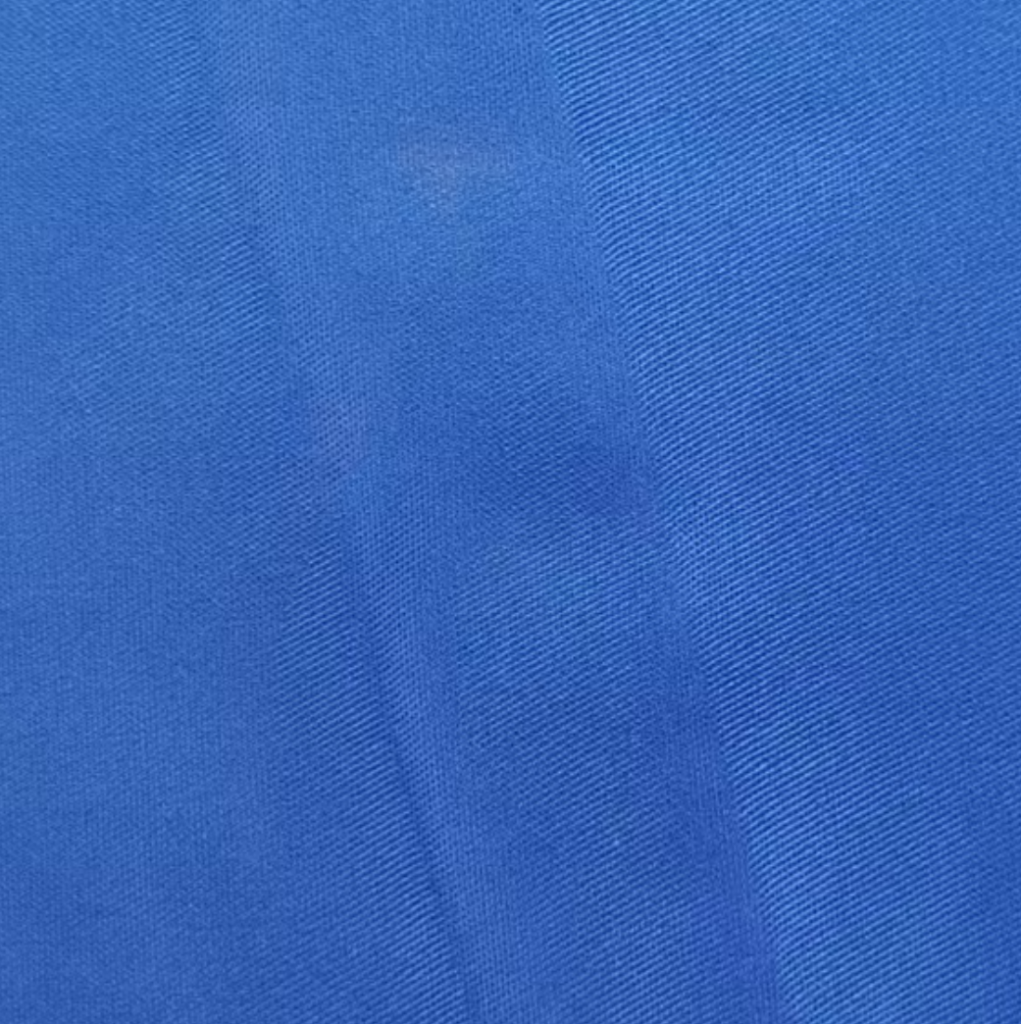Security shirt material difference knowledge share: In the security industry, uniform shirts are not only an important part of the image but also a functional guarantee during the execution of tasks. Choosing the appropriate fabric material is a key factor in enhancing the comfort, durability, and professionalism of security personnel. This article will systematically introduce several common types of fabric materials for security uniform shirts and analyze their advantages and disadvantages in order to assist purchasing personnel in making scientific decisions.

Common Fabric Types for Security Uniform Shirts

Polyester/Cotton Blend (T/C)
- Composition: Polyester + Cotton
- Common proportions: 65% polyester / 35% cotton or 80% polyester / 20% cotton
- Characteristics: Anti-wrinkle and wear-resistant, smooth and not prone to deformation
- Moderate moisture absorption and breathability
- The price is reasonable, and the cost-performance ratio is quite good.
- Applicable scenarios: Suitable for positions such as regular duty, patrol, and traffic security where neat and comfortable attire is required.
- 100% Cotton
- Features: Comfortable, breathable, and highly absorbent, suitable for long-term wear
- The texture is soft, and it has good skin-friendliness.
- Easy to wrinkle, shrink, and fade
- Applicable scenarios: Suitable for security guards, receptionists, and indoor positions in summer that require high comfort levels.
Polyester (100% Polyester)
- Features: Durable, resistant to sun exposure, anti-wrinkle, easy to wash, and quick to dry
- The texture is relatively hard, and the breathability is poor.
- Not prone to fading and with high color retention.
- Applicable scenarios: Suitable for field operations, all-weather outdoor duty, and wearing in rainy or snowy weather.
Anti-static fabric
- Features: The material contains conductive fibers or has undergone special treatment.
- Reduce the friction between clothes to minimize static electricity generation and protect the safety of electronic devices and personnel.
- Applicable scenarios: Suitable for security positions in special environments such as electronics factories, warehouses, and oil depots.
Stretchable and comfortable fabric (such as incorporating spandex/Lycra)
- Features: Good elasticity, not prone to deformation
- Suitable for security tasks that involve large movements, such as patrols, tracking, and duty at sports venues.
- Applicable scenarios: Suitable for special positions or units that require customized products with high flexibility in clothing.
The actual considerations for fabric selection
| Consideration Factor | Recommended Material |
| Comfort and Breathability (Summer/Long Wear) | 100% Cotton, High Cotton Content T/C |
| Durability (Outdoor/Heavy Activity) | T/C, 100% Polyester |
| Appearance (Wrinkle Resistance/High Image Requirements) | Functionally Treated Fabrics |
| Frequent Washing (Hotels, Subways, etc.) | T/C or 100% Polyester |
| Special Functions (Anti-static, Fire-resistant, etc.) | Functional-treated Fabrics |
Conclusion: The Balance in Choosing Fabrics
The ideal security shirt fabric should strike a balance among comfort, durability, ease of care, and cost control. Generally speaking, polyester-cotton blends are the most common choice, as they combine a crisp appearance with a moderate level of comfort. Cotton is suitable for custom projects that prioritize comfort and brand image. For units with functional requirements, they should opt for professional functional fabrics.
When conducting procurement, it is recommended to comprehensively evaluate based on factors such as the wearing environment (indoors/outdoors/seasons), job responsibilities, and washing frequency. If necessary, suppliers can be requested to provide samples for practical testing. If you have any questions about how to choose the right fabric, please feel free to contact us.


